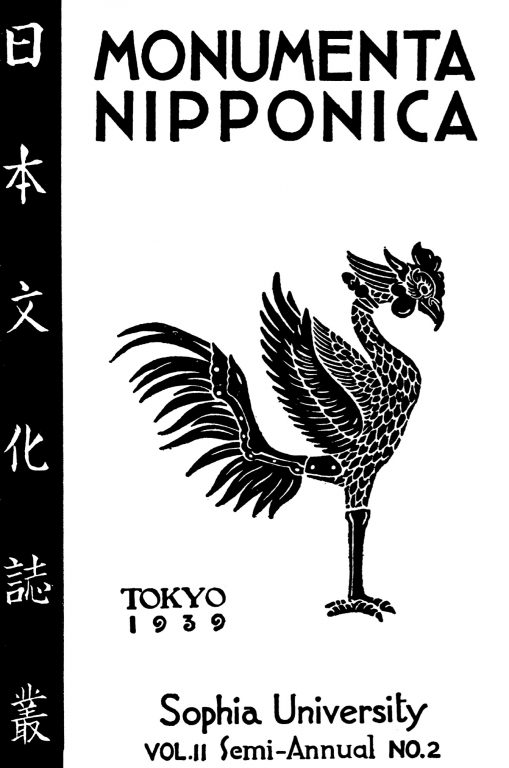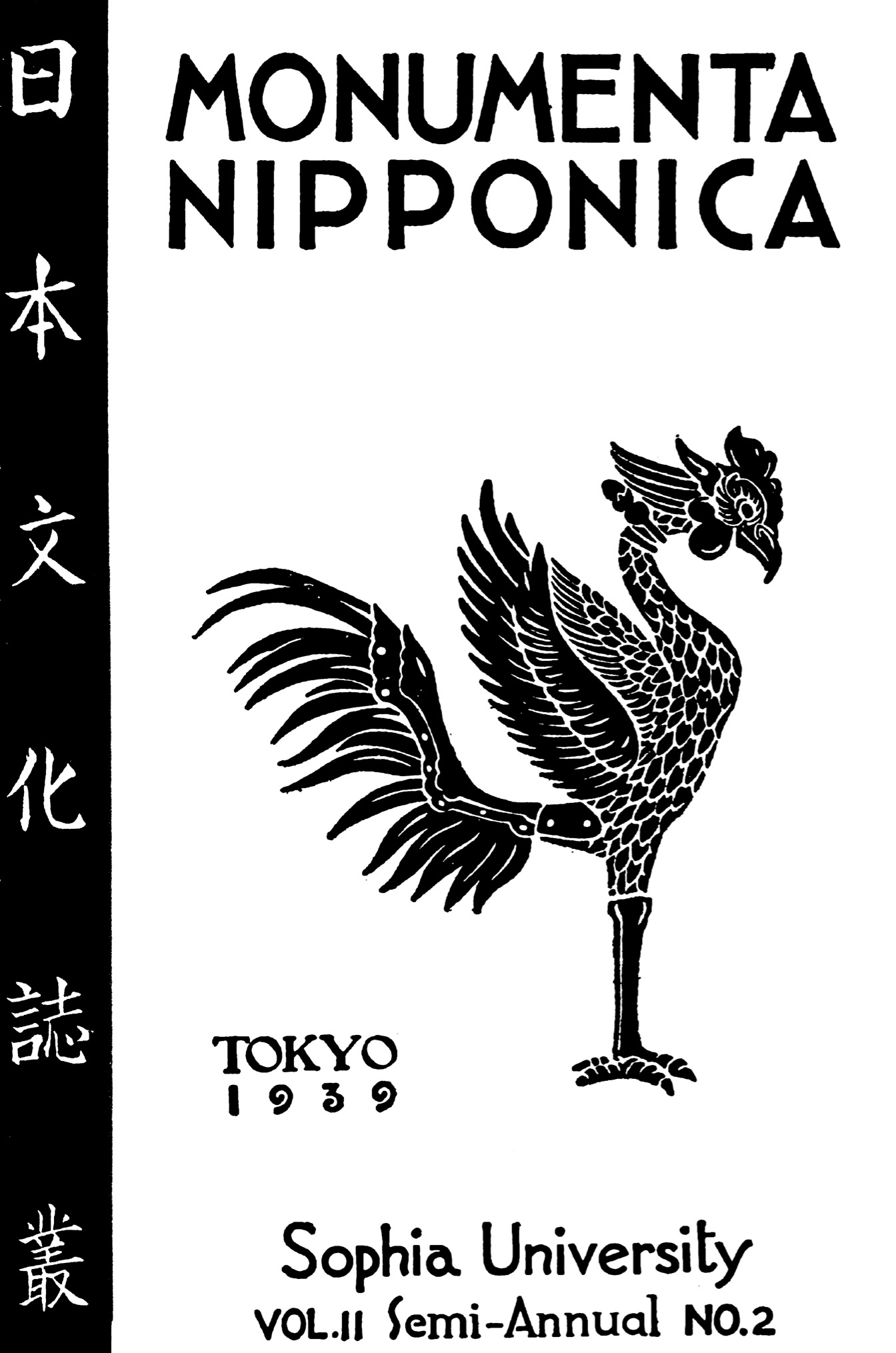The Lore of the Chinese Lute: An Essay in Ch’in Ideology (Part 3)Robert Hans van Gulik
MN 2:2 (1939) pp. 409–36
The Ming repertoire taken as the basis for a study of the significance of the tunes – Significance of the modes – Chinese tiao-t, and Japanese netori. The tunes divided into five groups – 1. Tunes describing a mystic journey (Taoistic) – 2. Tunes of a semi-historical character (Confucianist) – 3. Musical versions of literary productions – 4. Tunes descriptive or nature – 5. Lunes descriptive of literary life – Summary.
The Lute as a means of communing with Tao, the Lute as the favourite companion of the scholar, the Lute as the holy instrument of the Ancient Sages – all these various functions of the Lute, and the tenets of Lute ideology corresponding to them, are reflected in the repertoire: they find their expression in the subjects of the tunes.

